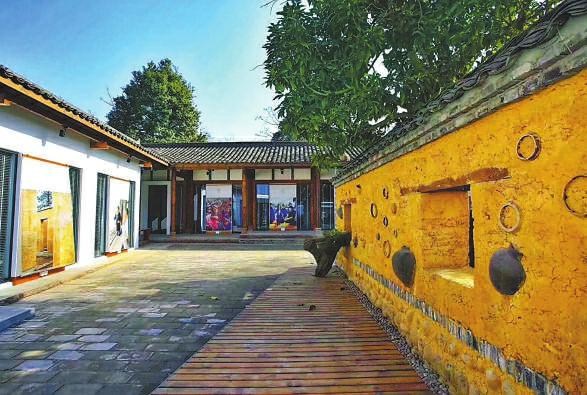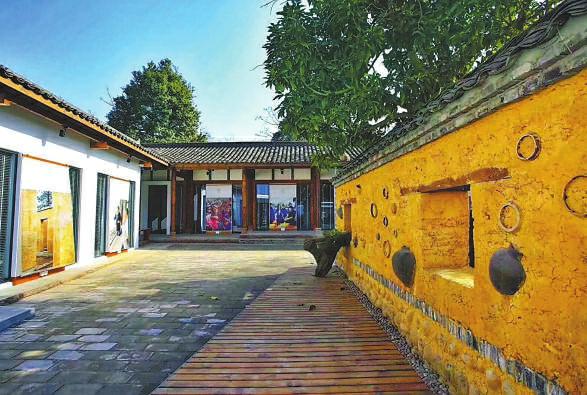Soon-to-open cultural park to promote ceramic making tradition
- By Liu Sitong
 0 Comment(s)
0 Comment(s) Print
Print E-mail China.org.cn, May 9, 2018
E-mail China.org.cn, May 9, 2018
A ceramic making facility combining traditional and modern techniques will open to public on May 18, at a cultural and creativity park built around an ancient Qiong Kiln site in Qionglai city.
The term Qiong Kiln refers to a group of ancient folk kilns discovered across the Chengdu Plain, known for rich varieties of celadon wares, ceramic sculptures and ceramics with painted decoration. The production of the kilns spanned from Eastern Jin Dynasty (317-420) to Yuan Dynasty (1271-1368).
Approximately 75 kilometers southwest of Chengdu, the provincial capital of Sichuan, the county-level city of Qionglai is home to the Shifangtang kiln site which represents the highest achievement of ceramic production among all Qiong Kiln sites, with the largest land coverage, longest-lasting history, greatest diversity of unearthed artifacts and broadest scale of product circulation.
Thousands of ancient ceramic artifacts have been discovered at the Shifangtang site, as well as architecture remains from Tang Dynasty (618-907) and Five Dynasties and Ten Kingdoms period (907-960).

Built around this important cultural heritage site, the 20-hectare Qiong Kiln heritage park encompasses a newly built, experimental kiln named Wenjun, which inherits traditional ceramic making methods to achieve natural textures and furnace transmutation details. The production process will be available for the public to witness after the park opens later this month.
According to Li Qingquan, the head of the masters’ workstation at the park, they have gathered dozens of outstanding ceramists and successfully reproduced some of the best Qiong Kiln products, including tricolor glazed ware, celadon, white porcelain, and kneading ceramics.




